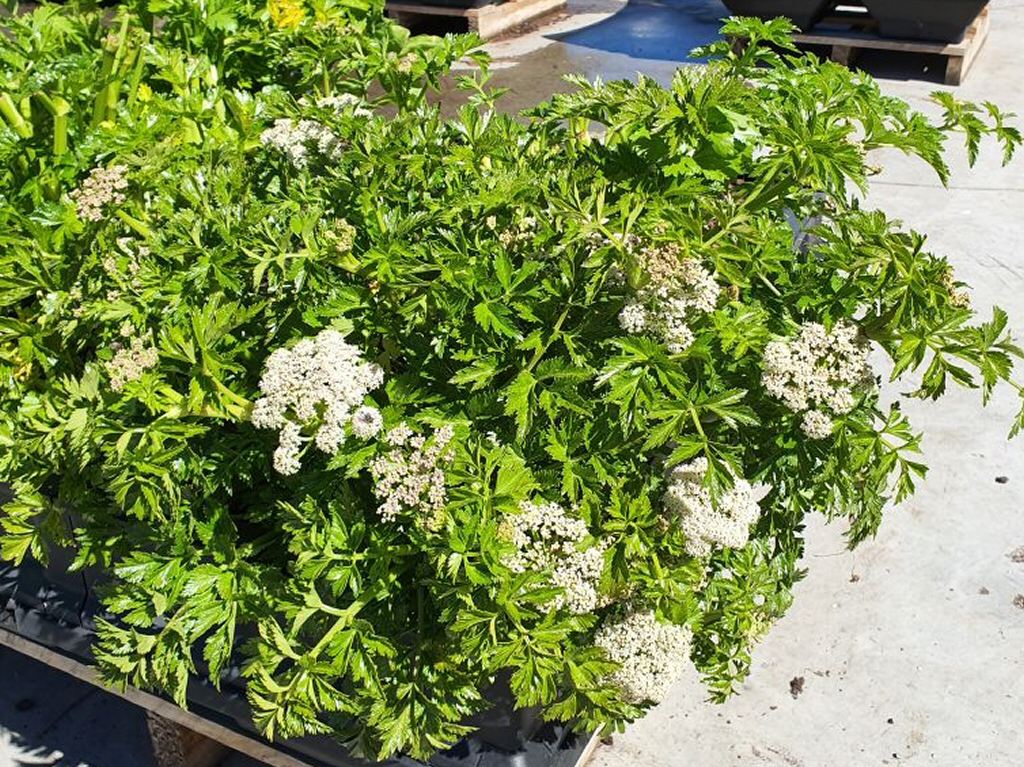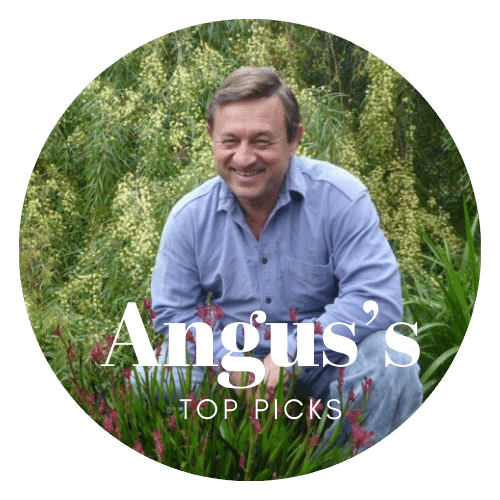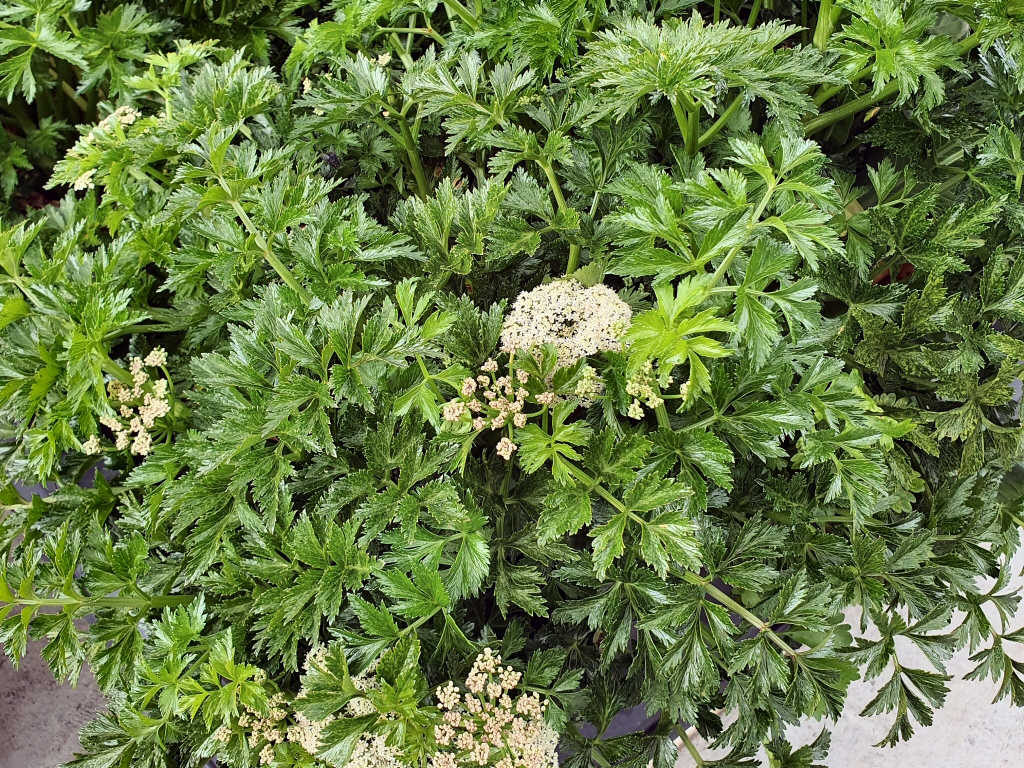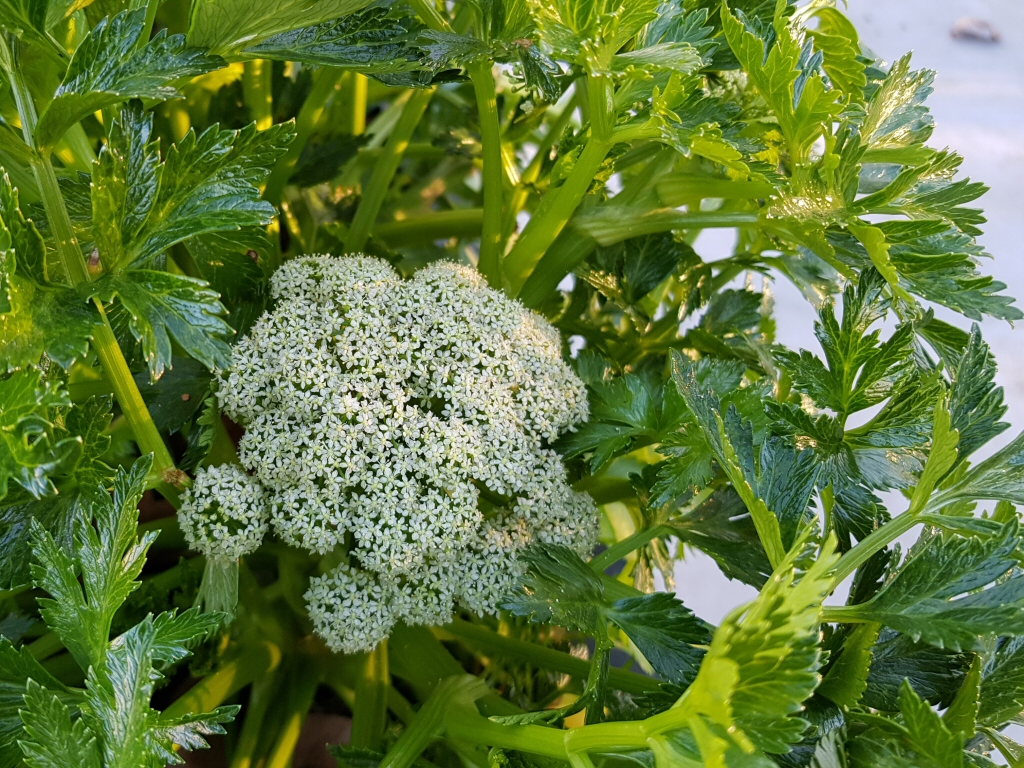An upright plant, related to normal celery, and also edible with a similar strong celery taste. It is adaptable to most soil types, from sandy to clay, and from acid, neutral to alkaline soils. It can grow in part shade to sunny spots, performs best with regular watering and feeding. It has decorative umbels of white flowers, and is easily propagated from seed. It is biennial to perennial, can die down over winter and regrow as the weather warms. It grows naturally on Flinders Island in Bass Strait, and also Lord Howe Island, so can handle coastal conditions. The stems can be used like celery, foliage can be used instead of parsley, flowers can be used as garnish.
Apium insulare – Island Sea Celery

Family : Apiaceae
Cultivar Name:
Plant Type : Clumping perennial
Width : 0.5
Flowering Time : Spring
Soil Type : Sandy, Clay, Loamy, Sandy loam, Clay loam, Potting mix, Saline
Climate Zone : Warm temperate, Cool temperate, Cool
Growth Habit : Evergreen, Column-shaped
Soil Moisture : Well-drained, Moist moderate drainage, Needs regular watering
Special Uses : Edible, Playground friendly
Scientific Name: Apium insulare
Common Name : Flinders Island Sea Celery
Height : 1
Flower Color : White
pH Level : Acid, Neutral, Alkaline
Plant Environment : Low maintenance garden, Courtyard, Container growing, Coastal garden
Light : Sunny, Light shade, Half shade
Lifespan : Biennial, Perennial
Frost Tolerance : Tolerates light frost
Attracts Wildlife : Bees, Butterflies, Other insects


